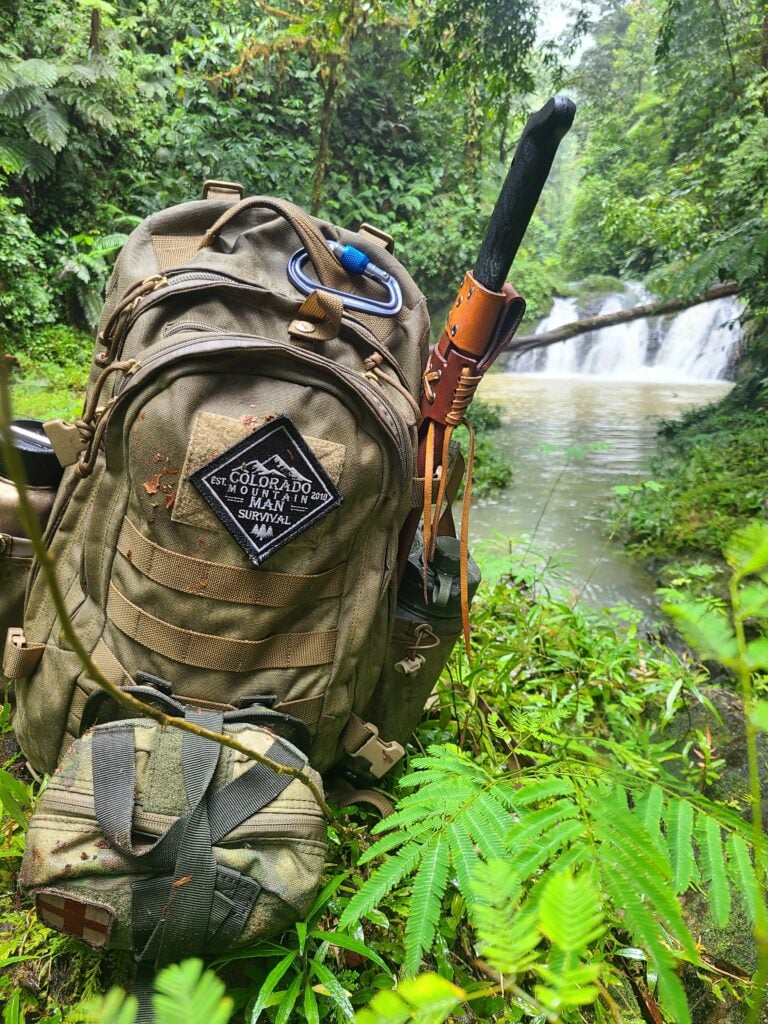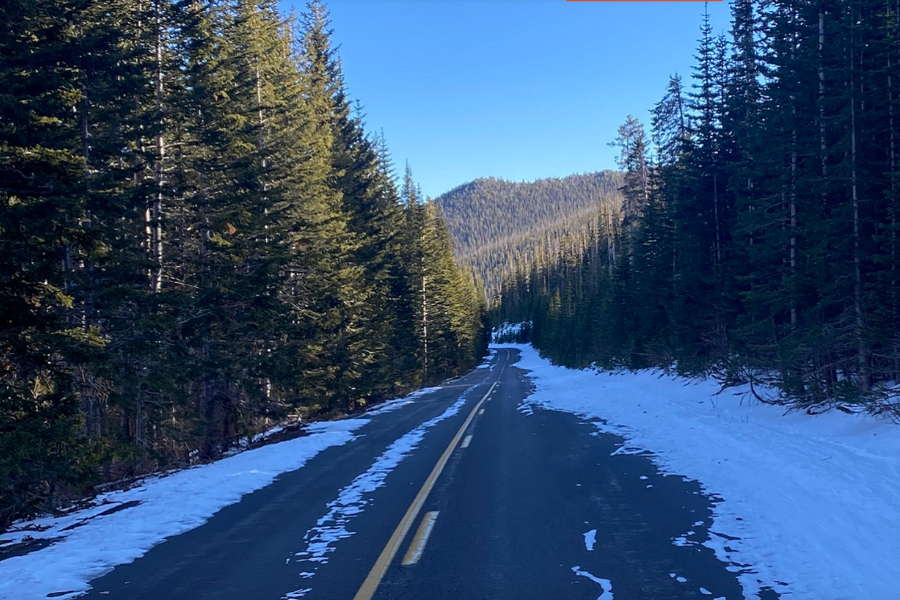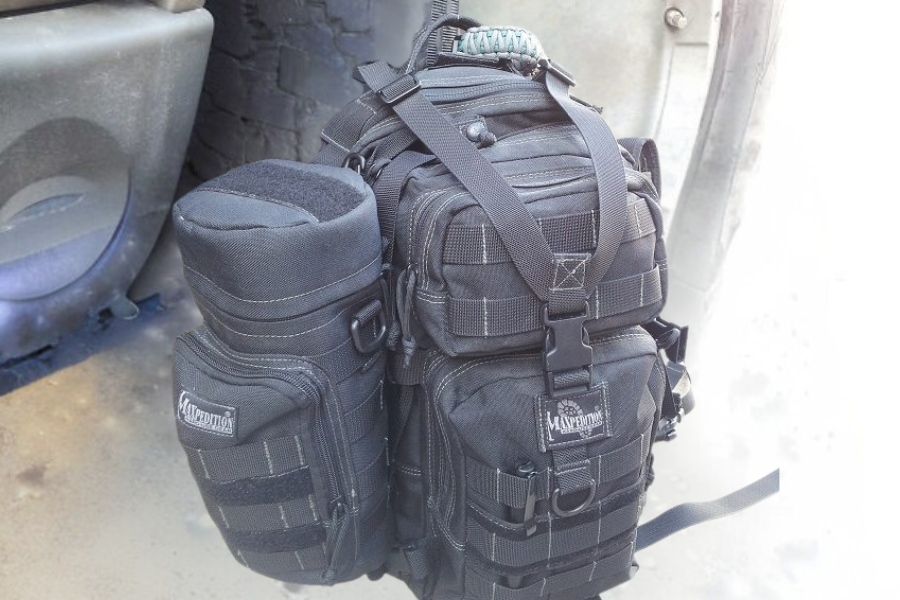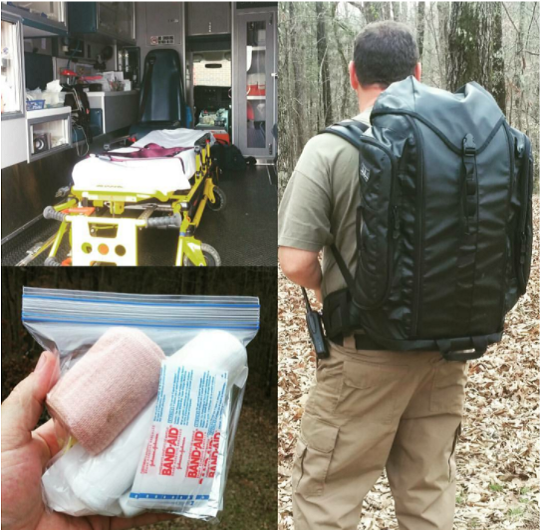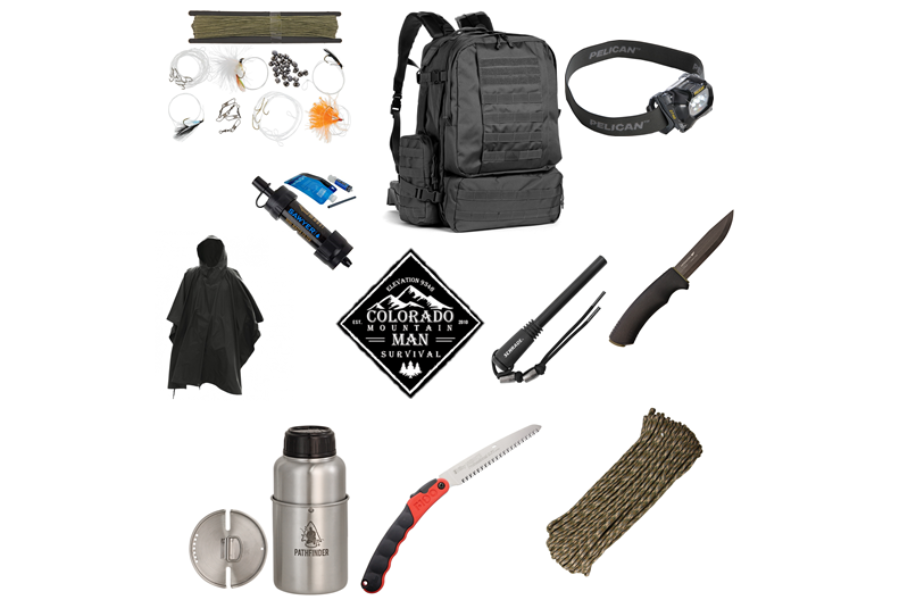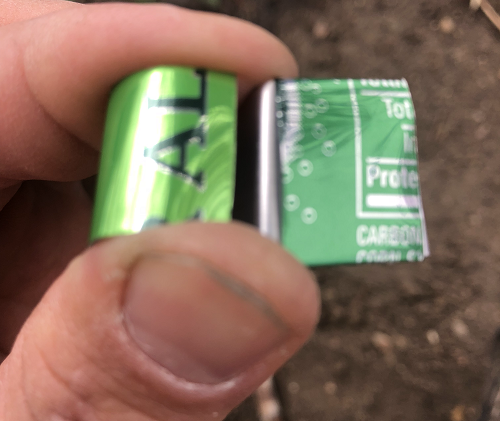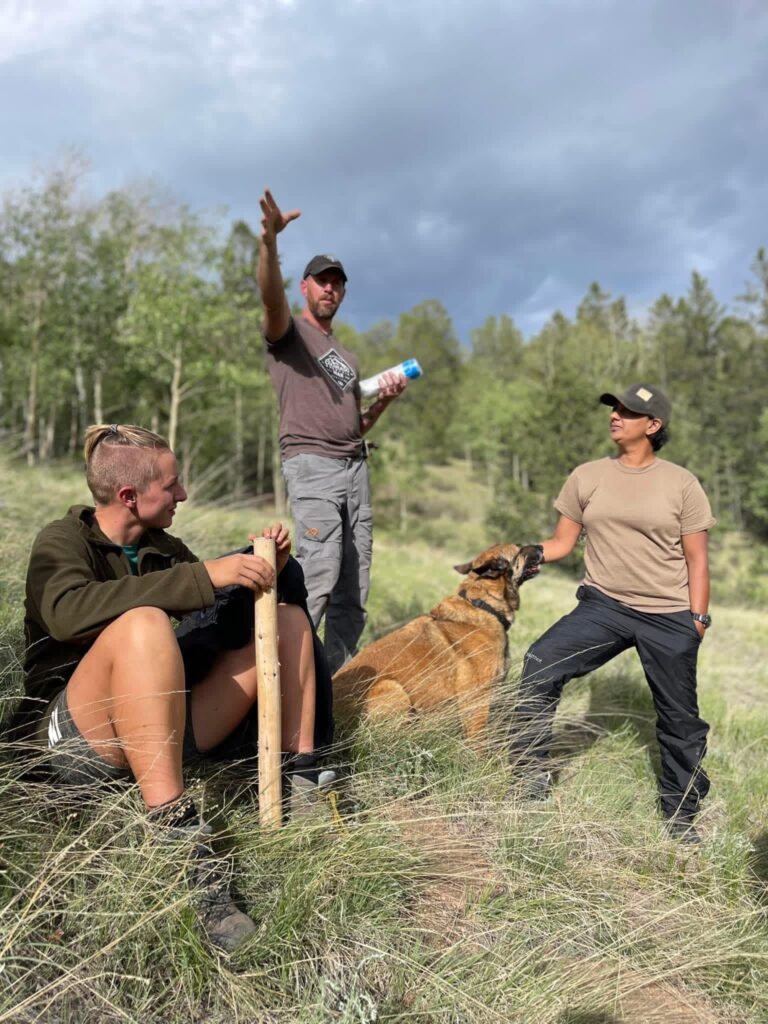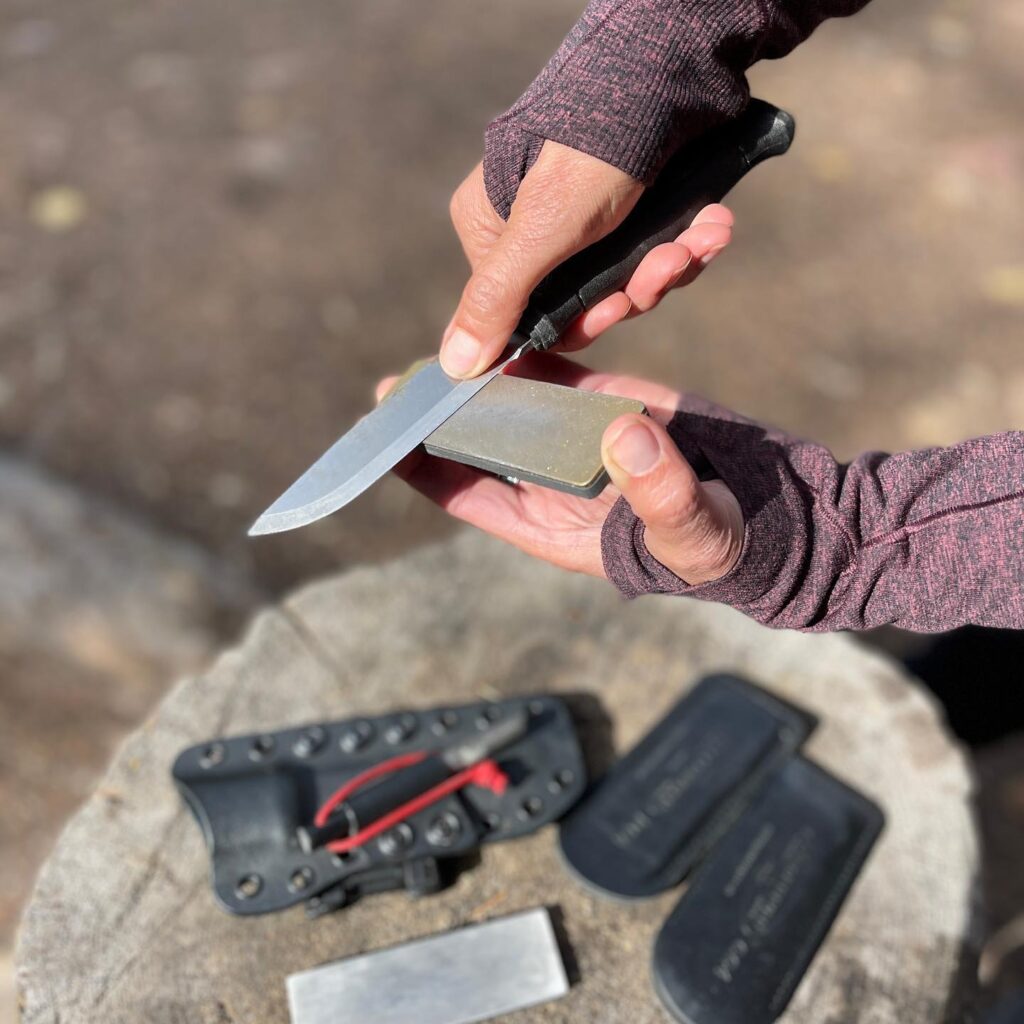Cart
6 min read
Survival Tip – Wool Inserts
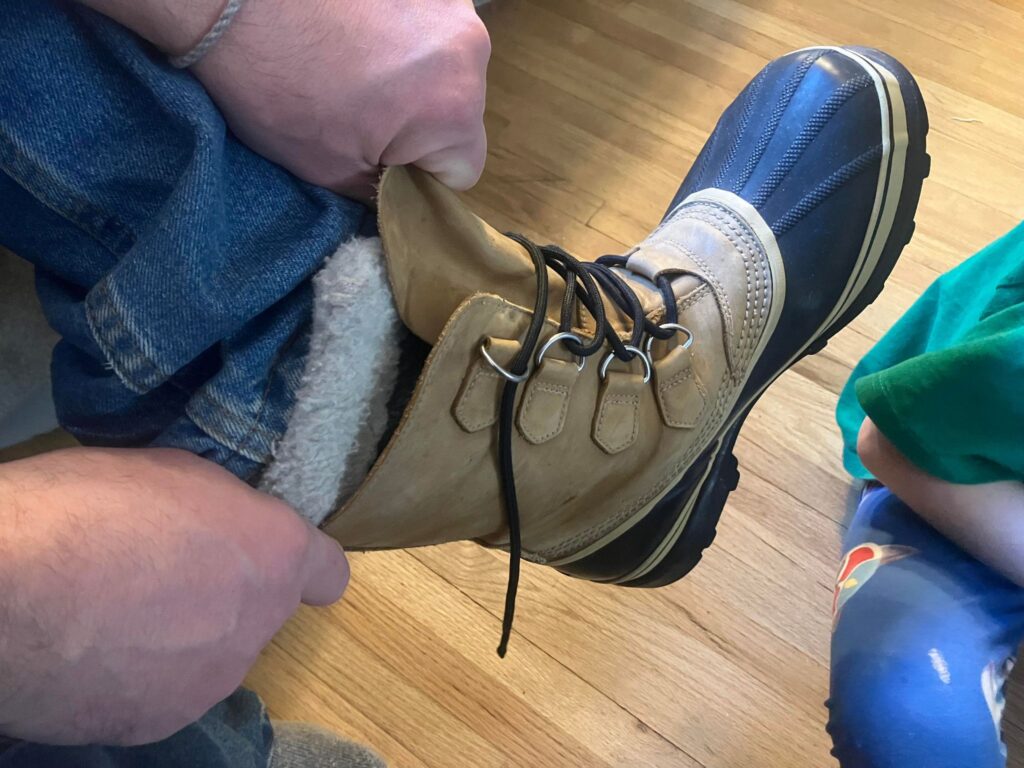
CONDUCTION, HUTCH! IS IT CONDUCTION?
I am a big fan of revisiting concepts to make sure we are always keeping them in mind. This morning, our youth literacy outreach program was using pioneer skills to bring a book to life for young adventurers.
We needed to go outside so I could teach them all how to make the Sam Gribley flint and steel fires they read about. It was a wet and cold playground with fake grass just loaded with air stealing slush, and nearly frozen water. It was time to find out if they were listening. I am going to be on my knees so you can all see, but what is the problem with that? Awkward silence, the teacher’s worst nightmare, then hands started shooting up. “Conduction, Hutch! Is it conduction? The ground is wet!” And on and on the answers came.
If it has been a while since you took a class with us, conduction is heat transfer through touch. We talk about this a great deal in shelter building, but it is important all the time. When I had the privilege of training in the Scandinavian countries and Canada, it was common to see the students cut several bows and make a floor to stand on while we frantically tried to absorb everything our mentors were saying. Conduction is in play any time two objects are touching. So this mat between our feet and the ground did a great deal to keep us… not warm, but not cold either.
WOOL IS AMAZING FOR COLD WEATHER SURVIVAL
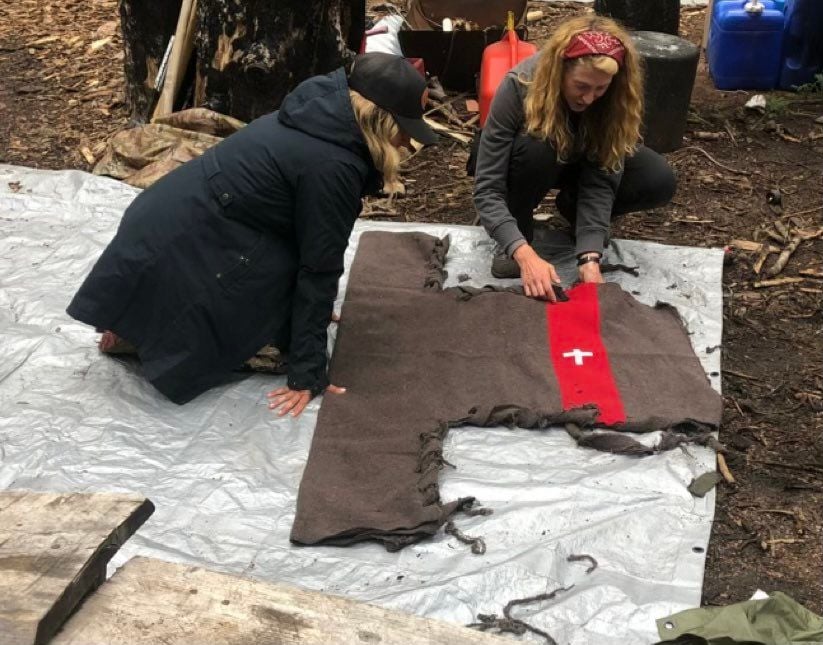
What if we could do something to constantly have a nice mat under us this time of year? This is going to be especially useful for everyone coming to spend some time with us for the upcoming winter training.
Remember when we made Capote coats in the 5 day Intermediate 201; and I said we could use the scraps to make gloves and other things? Let us speak about one of those other things today.
Wool is beyond amazing in cold weather and after a few days of winter training there are few things as pleasurable as pulling on a fresh pair of wool socks.
A great “in between adventures” project is to make some wool insoles for your boots. You can use scraps from our other projects or swing by the Goodwill and find an expensive wool blanket for a few dollars. If they do not have any, wool felt is another great option, and it can be picked up at any hobby store and often the hobby section of big box stores like Walmart. Felt is a fabric made by brushing, compressing, and matting fibers, in this case wool, until they become a solid piece of material. I like the fluffiness offered by wool blanket scraps, but for our purpose there is little insulation difference between wool felt and wool, other than the thickness offered by different weight blankets.
How do I make an insert?
Whatever type of wool you are using, lay it on the ground and step a socked foot on top of it. Now trace your foot, or better yet, pull the insole from your boots and use it as a template to trace a pattern onto your wool or wool felt. Then grab a pair of scissors and cut around the line. The next step is to slip these handmade insulating inserts into your boots. If you have a really thick wool blanket, make sure to take your inserts with you the next time you buy boots and slip them in before trying on the boots to check for comfort.

So, what does this insert do for you?
The first and most noticeable thing will be an added layer of comfort like that offered by fresh soft socks.
More importantly, and a bit harder to notice until you get out in the cold, we now have an extra layer of dead air space offering insulation to hold in our radiation/heat and provide a barrier against the conductive cooling that is constantly attacking our feet. Not only will these insoles fight conduction, but they act as a wicking layer and combat evaporative cooling, too.
WOOL IS ALSO A GOOD IDEA IN THE JUNGLE
I am bringing this skill up as we get ready for the winter class, but do not file this away as a winter only skill. In the summer these same wool insoles will insulate against the heat. Remember, conduction works both ways, and good layers hold out as well as in. In both summer and winter, it is a great idea to make a few extra insoles and pack them with you.
Those of you joining us in Costa Rica might consider a few pairs, too. See, the wool insoles will absorb moisture from your feet and the boot; replacing insoles during the day can prevent excess moisture spreading from your boot to your socks. This is just as true in the snow as it is hot sand or damp jungle. When rolled up, these insoles are incredibly small and light and they can be packed around gear to keep it from rattling and banging into other gear, so why not pack a few.
Do you love this survival tip?
This is one of those skills you just have to use to fall in love with. I hope to see several of you using it when we get together to build snow shelters soon.If you have trouble sizing your boots, or your little adventurers boots, check out this blog and free checklist I wrote in 2020. HOW BOOTS SHOULD FIT.
Remember, even if you are just excitedly prepping gear for the next trip, there is no such thing as a small adventure.
Stay safe, and warm, out there.
See you on the adventure trail,
Hutch
Did you like these survival tips? Check out more tips and trick on our Wilderness Survival Tips page.
If you are looking for hands on training to learn more about wilderness survival and want to take months if not years off of your learning curve, I suggest you check out our 5 Day Outdoor Survival Basics 101 class!
#survivalskills #survivalgear #wildernessculture #outdooreducation #wildernesssurvival
Leave a Comment
The Get Home Bag
We share the get home bag essentials checklist which is everything you might need to get home in the case of an emergency just in...
Fire Cider – Master Tonic
Fire Cider and/or Master Tonic is a concoction that you can make at home that helps combat the flu, other similar illnesses and much, much...
Urban Survival Tips
In an ever more urbanized world, it's crucial to empower people with the know-how to thrive in cities. By following these suggestions, you can boost...
What’s in a Wilderness Medical Kit
All medical kits, should assist you in opening and maintaining an airway, providing ventilations if needed, limiting blood loss, immobilizing a suspected fracture and treating...
Recommended Gear List For Courses
Ultimate gear list for survival courses at The Survival University, covering essentials for various classes from beginners to advanced levels.
Making a Lifesaving Whistle from Trash for Survival
Learn how to make a super quick and highly effective whistle hack that carries over distance. Prioritize your situation and ensure safety when processing found...
81 Basic Survival Tips That You Should Know
Discover essential survival tips for any emergency situation with our comprehensive blog. Stay safe and prepared in the wilderness!
Why a Knife is Not Your Most Important Survival Tool: A COMPARISON OF SKILLS AND TOOLS IN REAL-LIFE SCENARIOS
Discover why a knife is not your most important survival tool in this eye-opening article. Learn crucial wilderness skills for emergencies.

